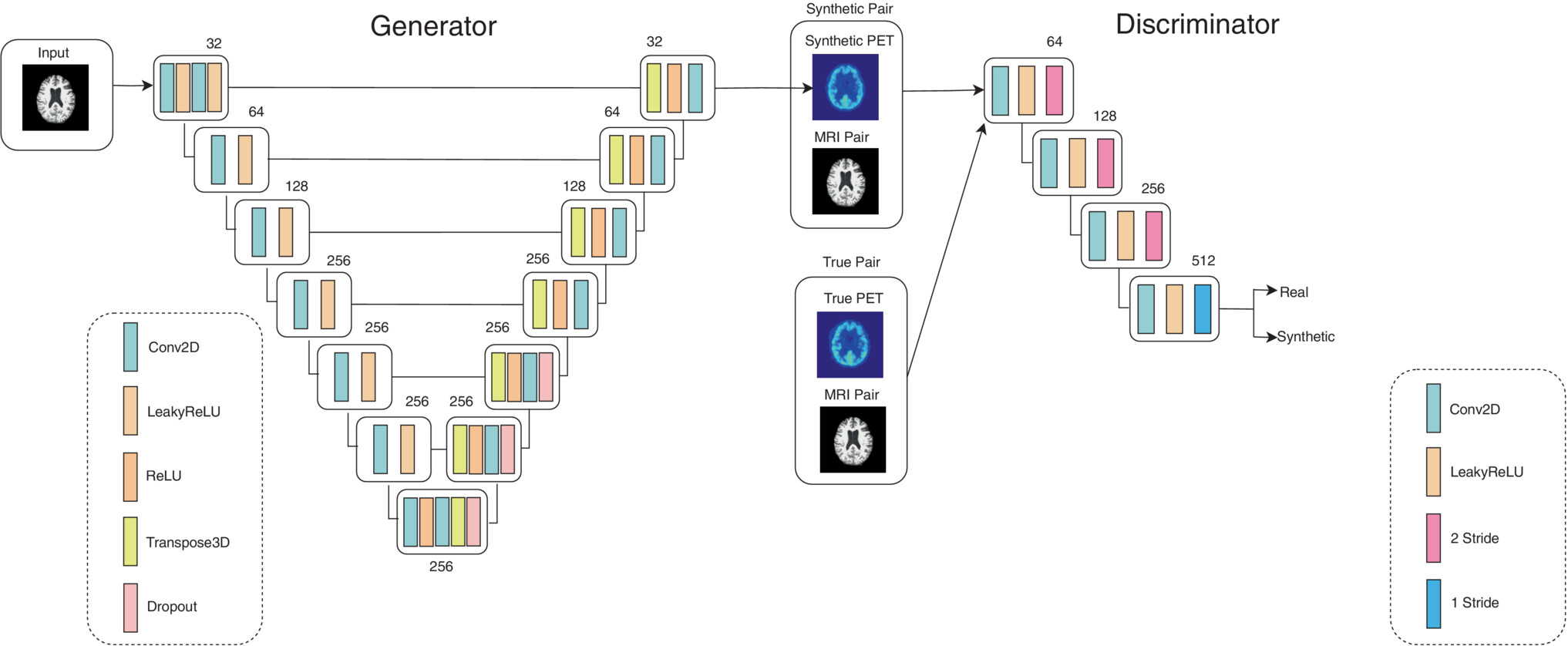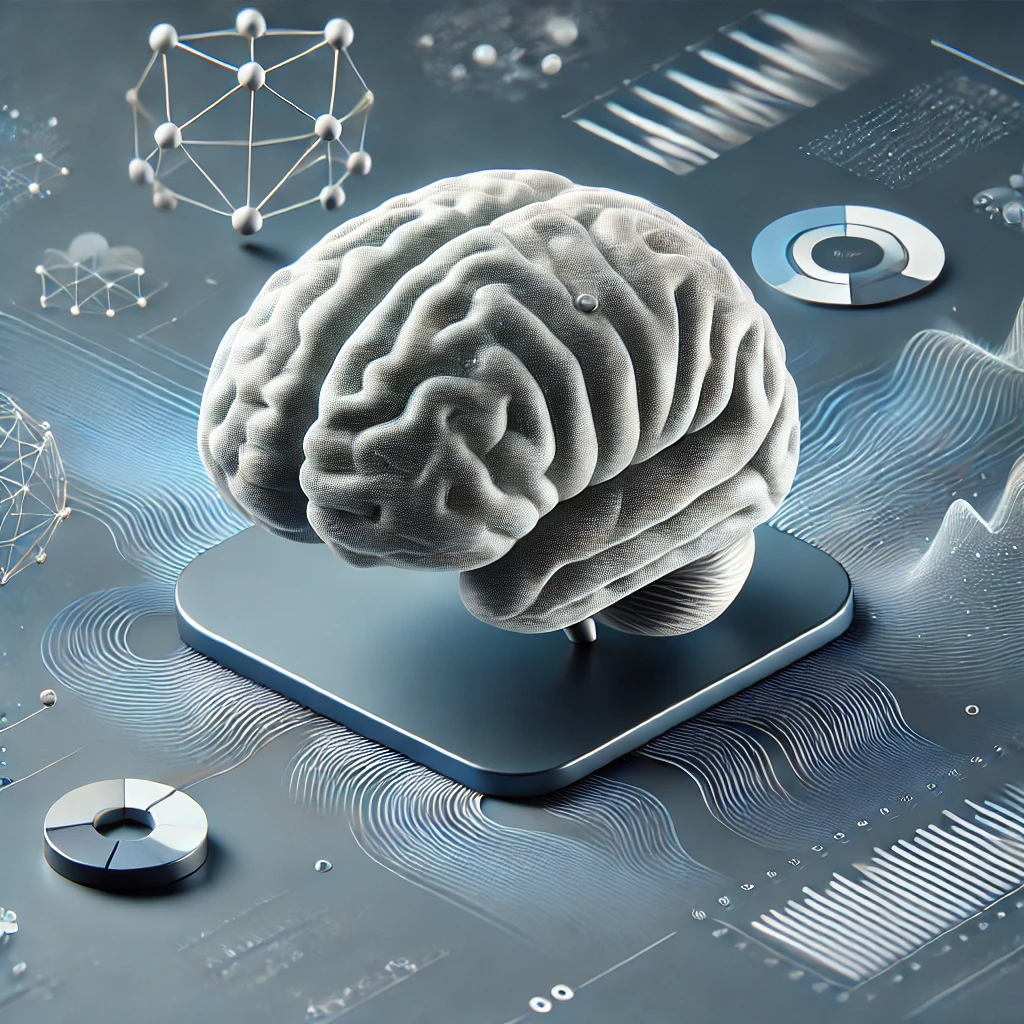Research
The Brain Image Team (BIT) Lab focuses on studying unique properties of the
brain through advanced imaging techniques. While many people associate
magnetic resonance imaging (MRI) with high-resolution structural images
that show the shape of the brain, our research goes beyond that. We use
more advanced forms of MRI to explore unique aspects of the brain, such
as cerebrovascular imaging to study the brain's microvascular (capillary
bed) and macroscopic (larger arteries) structures, as well as diffusion
and functional MRI to examine the brain's wiring and activation.
Our methods, combined with advanced data analytics, provide insights into
cerebrovascular diseases (e.g., stroke, aneurysm) and aging physiology
(e.g., brain aging, neurodegeneration, dementia). We take a holistic
approach to research, covering everything from technology development,
image acquisition, and reconstruction to data analytics and machine
learning.
At UCalgary, we have access to cutting-edge infrastructure, including a
soon-to-be-launched MR Engineering Technology Lab, high-field MRI
systems (three 3T Human MRI systems and a 9.4T Animal MRI system), and
extensive high-performance computing resources. These include over 200
TB of data storage and access to clusters with more than 100,000 cores
through UCalgary and the Digital Research Alliance of Canada.
We also have access to one of the largest collections of neuroimaging data in
the world, including datasets from the UK Biobank, National Institutes
of Mental Health, Human Connectome Project, Alzheimer's Disease
Neuroimaging Initiative, and Open Access Series of Imaging Studies,
among others. Our compute clusters are equipped with many neuroimaging
tools, including custom-built software to support research analyses.
This comprehensive approach vertically integrates brain imaging research to
deliver a full-spectrum research experience while leveraging our
internal expertise.


